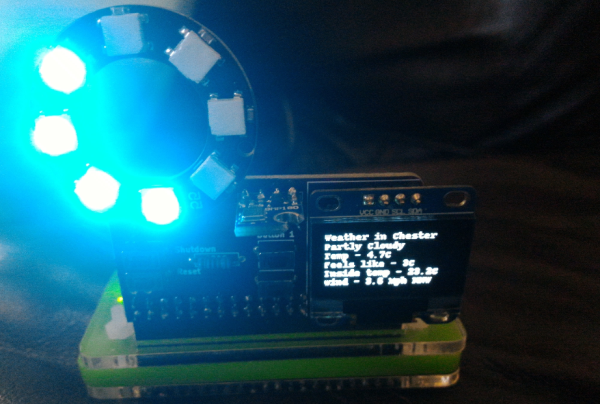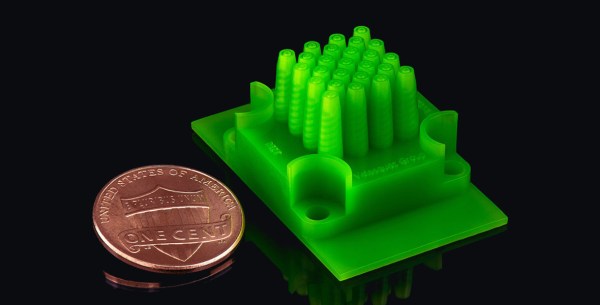Millions of premature babies are born every year, and more than a few of these births occur hours away from any hospital with a NICU. [Manoj]’s entry for the Hackaday Prize is a simple, but very useful primitive incubator. Is it as good as the incubators you would find in a world-class hospital? No, but that’s not the point. This is an incubator for the rest of the world, where neonatal care is lacking.
You’re not going to get mechanical respiration or even oxygen into a device that is meant for the most far-flung areas on the planet, so this incubator focuses almost solely on monitoring. Packed inside a premie-sized sleeping bag is enough electronics to measure heart rate, blood oxygen, temperature and respiration. Also, there are a few resistive fabric elements to turn electricity into warmth.
Of course, anything you would find in any hospital or clinic would greatly outclass what this project has to offer. That’s really not the point, though; this incubator is cheap, can be deployed anywhere, and provides enough information to hopefully keep a preterm child alive. That’s good enough for us, and makes for a great entry into the Hackaday Prize.









 Ballistic gel is a broad term referring to a large chunk of dense gel generally used in firearms-related testing to reliably and consistently measure things like bullet deformation, fragmentation, and impact. It’s tough, elastic, and in many ways resembles a gigantic gummi bear. Fans of Mythbusters (or
Ballistic gel is a broad term referring to a large chunk of dense gel generally used in firearms-related testing to reliably and consistently measure things like bullet deformation, fragmentation, and impact. It’s tough, elastic, and in many ways resembles a gigantic gummi bear. Fans of Mythbusters (or 


 This is however not merely a Pi stuffed inside the rear casing with a few holes for cables, instead he took away the substantial part of the DVD mechanism and mounted his Pi safely in a plastic box. Some USB extension cables bring all four USB sockets to the front panel through the DVD slot with a bit of Sugru to hold them in place. An HDMI panel-mount extension goes to the TV’s rear connector panel, as does a power switch for the Pi which is wired to a USB charger mounted on a trailing mains socket inside the case. The composite video from the Pi is wired to the TV’s AV in video socket.
This is however not merely a Pi stuffed inside the rear casing with a few holes for cables, instead he took away the substantial part of the DVD mechanism and mounted his Pi safely in a plastic box. Some USB extension cables bring all four USB sockets to the front panel through the DVD slot with a bit of Sugru to hold them in place. An HDMI panel-mount extension goes to the TV’s rear connector panel, as does a power switch for the Pi which is wired to a USB charger mounted on a trailing mains socket inside the case. The composite video from the Pi is wired to the TV’s AV in video socket.









